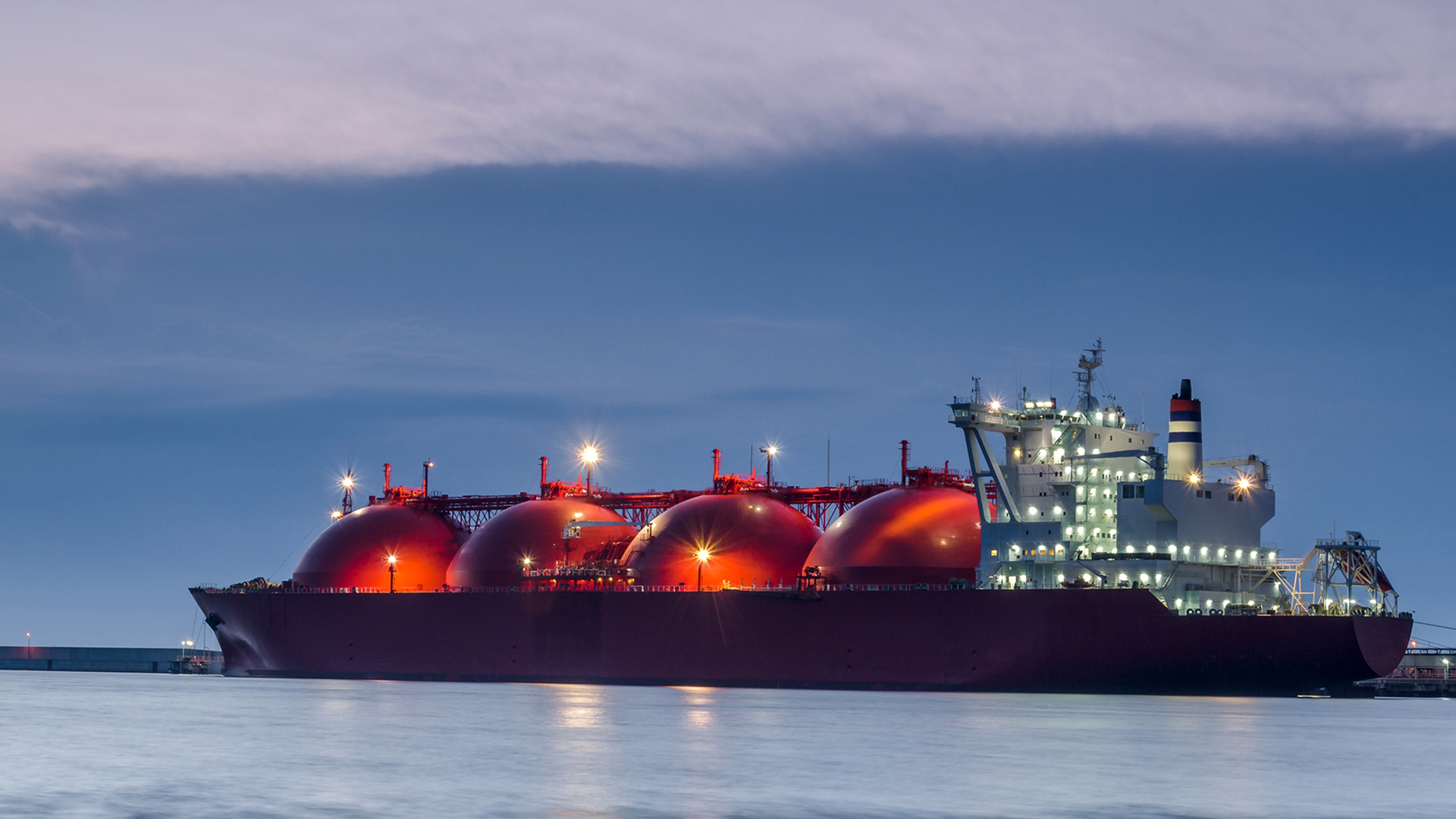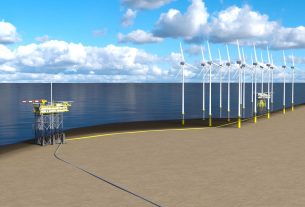Natural gas demand is set to rebound strongly in 2021 and will keep rising further if governments do not implement strong policies to move the world onto a path towards net-zero emissions by mid-century, according to a new report by the International Energy Agency.
Global gas demand is expected to rise by 3.6% in 2021 before easing to an average growth rate of 1.7% over the following three years. According to the IEA’s latest quarterly Gas Market Report. By 2024, demand is forecast to be up 7% from 2019’s pre-Covid levels.
Natural gas demand growth in 2021 mostly reflects economic recovery from the Covid-19 crisis, but it’s set to be driven in the following years in equal proportions by economic activity and by gas replacing other more polluting fuels such as coal and oil in sectors such as electricity generation, industry and transport. Almost half of the increase in gas demand between 2020 and 2024 comes from the Asia Pacific region.
Fuel substitution
Despite slower growth in the coming years, gas demand by 2024 is trending higher than the trajectories in the IEA’s climate-driven scenarios, notably the pathway set out in the recent Roadmap to Net Zero by 2050. To get on track for net-zero emissions by 2050, new measures are needed to promote further fuel substitution and efficiency gains. This is especially the case in more mature markets, where much of the potential for switching from coal or oil to gas has already been realized.
Methane emissions
The new report examines how the gas industry can reduce its emissions footprint and align with net-zero emissions objectives. Key areas for action include continuing to reduce the intensity of the industry’s greenhouse gas emissions all along the value chain, supporting the development of low-carbon gases, and developing carbon management solutions to minimise emissions from combustion. In particular, reducing methane emissions is an efficient way – in terms of both time and cost – of narrowing the industry’s footprint.
Shale gas
The increased demand forecast in the report can be met by conventional assets that were already approved or under development before the pandemic, mainly in Russia and the Middle East. Supply is also likely to be supplemented by new investment in US shale gas production to support export capacity for liquefied natural gas (LNG) that is currently under development.
The report notes the contribution of LNG to ensuring flexible and secure supplies, especially from the United States, which accounts for the large majority of additional LNG capacity to be commissioned in the coming three years. Robust growth of the LNG carrier fleet will also make supplies more adjustable, with current order books representing a 25% increase in the vessel count in the next two to three years. Underground storage capacity, another pivotal source of flexibility, is set to increase by 7% over the forecast period.
However, without strong policy measures to curb gas demand in the long term, market volatility and concerns over security of supply may arise towards the end of the report’s forecast period.




